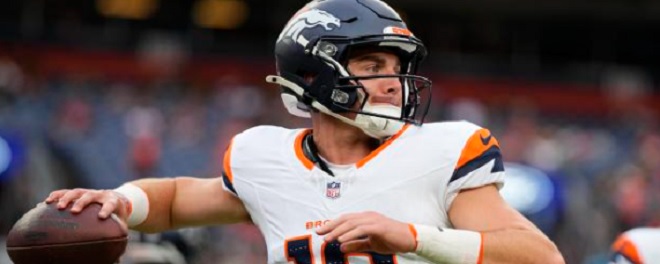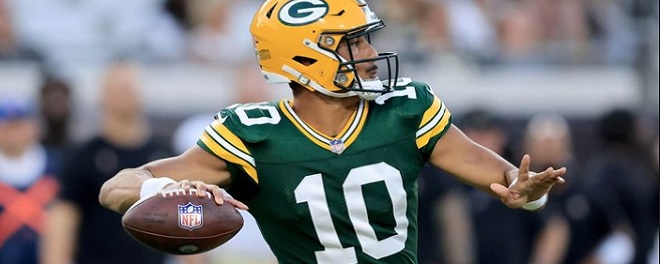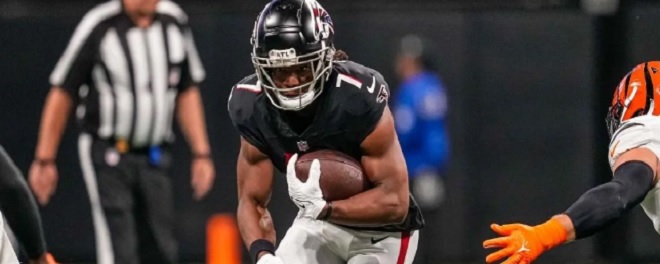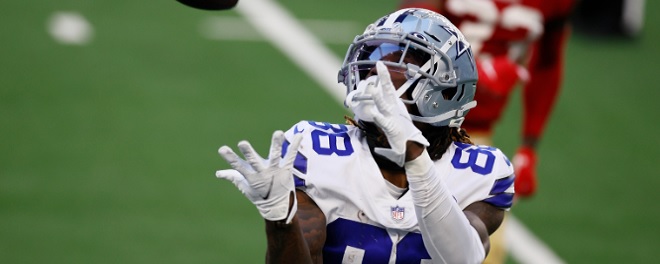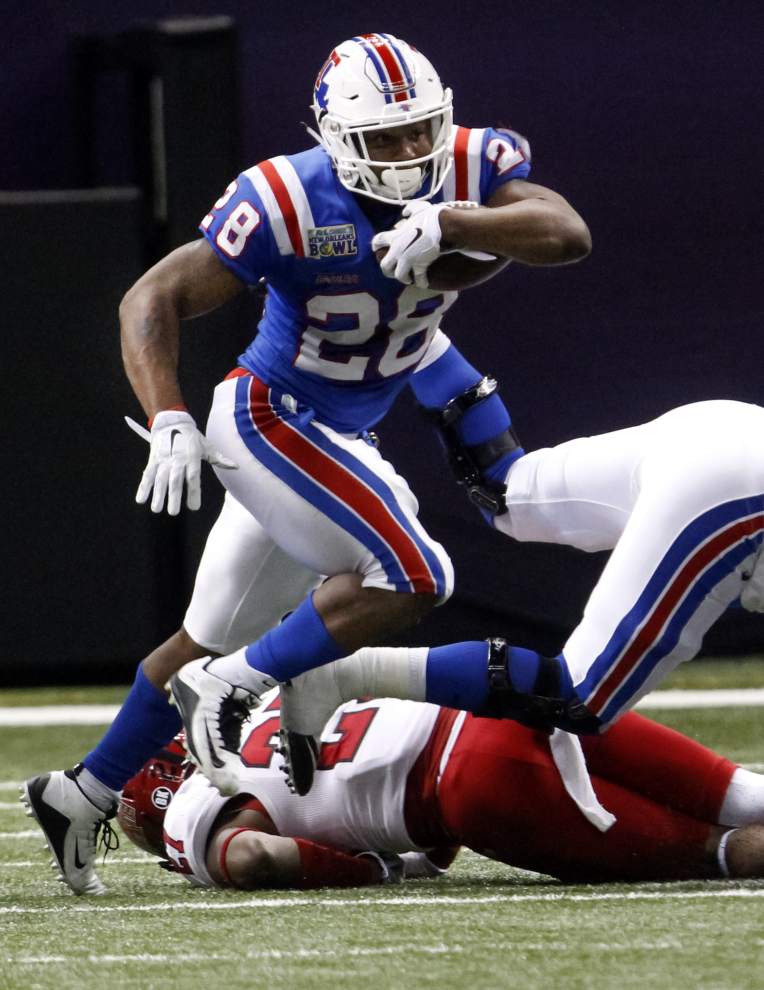 |
By Charlie Campbell
Weaknesses:
Summary: Over the past four years, Dixon was one of the most productive backs in college football. He was the engine of a dangerous Louisiana Tech offense with his ability to move the ball down the field and produce points. Dixon enters the next level as a polished back who is well-suited for NFL offenses.
From Day 1, Dixon made a big impact for Louisiana Tech. He had productive years as a sophomore (917 rushing) and freshman (1,194 rushing). In his debut season, he ran for 27 touchdowns – that’s not a typo. As a junior in 2014, Dixon totaled 1,299 yards (5.1 average) with 22 touchdowns on 253 carries. In 2015, the senior averaged 5.4 yards per carry for 1,070 yards and 19 touchdowns. He also had 34 receptions for 467 yards and seven scores in his final season. The past two seasons saw Dixon snag a total of 64 receptions after having only 24 catches across his first two years, so he made big strides in that part of the game. At the Senior Bowl, Dixon played well and had a strong week of practice.
Dixon is a well-rounded running back. He is a bit of a “jack of all trades, master of none”-type player. He isn’t overly fast, athletic, or a bulldozer who runs over the defense. However, he does just about everything well. Dixon is a quick runner who hits the hole before it closes. He has good vision, cutting ability, and the elusiveness to slash his way through a defense. Dixon isn’t a power back to blast through big, heavy defenders. That being said, he does lower his shoulder and break tackles in the open field. Dixon gets yards after contact and has an impressive stiff arm. Against smaller defensive backs, he can run them over with violence.
The only real negative with Dixon is ball security. He had 13 career fumbles. If doesn’t fix those fumbling issues quickly, it could impact how many touches he gets early in his career.
Over the past few seasons, Dixon demonstrated that he has receiving ability for the NFL. He runs good routes and finds soft spots in coverage. The senior tracks the ball extremely well for a running back and has soft hands to reel the ball in. Dixon will high-point the football and can make some difficult catches. At the combine, Dixon had a strong workout and really showed off his receiving skills.
For the NFL, Dixon looks like he could be a candidate to be a three-down starter assuming he fixes his fumbling problem. If he isn’t a feature back right away, he definitely could contribute as a third-down and passing-game back. Dixon may never be a dominant NFL back, but he could turn into a quality starter. If Dixon lands with a good offense that has a franchise quarterback, he could exceed expectations with his production. However, he isn’t a Todd Gurley- or Adrian Peterson-type back who can carry the offense on his own. Thus, Dixon is more of a second-day or mid-round back.
Player Comparison: Ray Rice. Dixon’s game is similar to Rice’s and they are virtually the same size. Both Dixon and Rice have quickness to the hole, are shifty runners with good pad level and are tough enough to pick up yards after contact. Both backs are very good receivers, too. Rice was a second-round pick in the 2008 NFL Draft, and Dixon could be selected on the same day this year. I think Dixon is similar to Rice, but I wouldn’t say he’s more of a poor-man’s version, and I don’t think Dixon will be as good as Rice during his excellent run from 2009-2012.
NFL Matches: Miami, Houston, New York Jets, Carolina, Arizona, Seattle, Tennessee, Pittsburgh and Chicago
In the 2016 NFL Draft, there are some obvious fits for Dixon. The Texans could be the most running back-needy team in the NFL entering the 2016 offseason. Arian Foster is incapable of staying healthy and in all likelihood will be a cap casualty. Houston could use a workhorse back to lead its offense.
Also in the AFC South, the Titans’ running backs were a huge weakness in 2015. They need a running back upgrade badly.
The Bears are not going to bring back Matt Forte, so that opens up them to a running back in the mid-rounds. Chicago doesn’t need to take a running back high after the way that Jeremy Langford played last year, but the team could use depth and competition.
The Dolphins or Jets could also be in the market to replace a veteran. Lamar Miller and Chris Ivory could leave Miami and New York, respectively, in free agency. Thus, Dixon could be in play for either team.
Ditto for Arizona and Seattle. The Cardinals could consider Dixon to pair with David Johnson. The Cardinals have a good roster, so adding another runner to help make Carson Palmer’s job easier as he ages could make a lot of sense. Chris Johnson was a nice pick-up, but he’s not a long-term partner to go with David Johnson. Marshawn Lynch has retired, so Seattle’s backfield could use more depth and competition. Dixon would give the Seahawks another back to pair with Thomas Rawls.
Carolina got a good 2015 season out of Jonathan Stewart, but he has been injury-prone and is nearing the 30-year mark. Dixon could provide the Panthers with another option if Stewart gets injured again.
The Steelers need a running back to replace to DeAngelo Williams. The oft-injured veteran isn’t reliable enough to backup Le’Veon Bell, and Bell has had injuries of his own. Pittsburgh could fortify its depth with a back like Dixon.
RELATED LINKS:
2016 NFL Mock Draft: Charlie’s | Walt’s
2016 NFL Draft Prospect Rankings
2016 NFL Draft Scouting Reports
NFL Picks - Dec. 25
2026 NFL Mock Draft - Dec. 24
NFL Power Rankings - Dec. 23
Fantasy Football Rankings - Sept. 1

